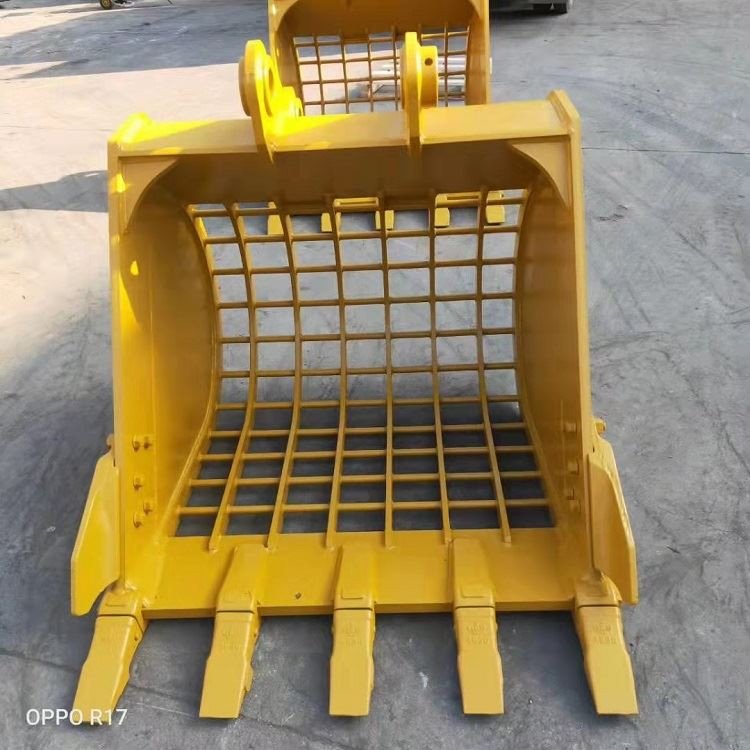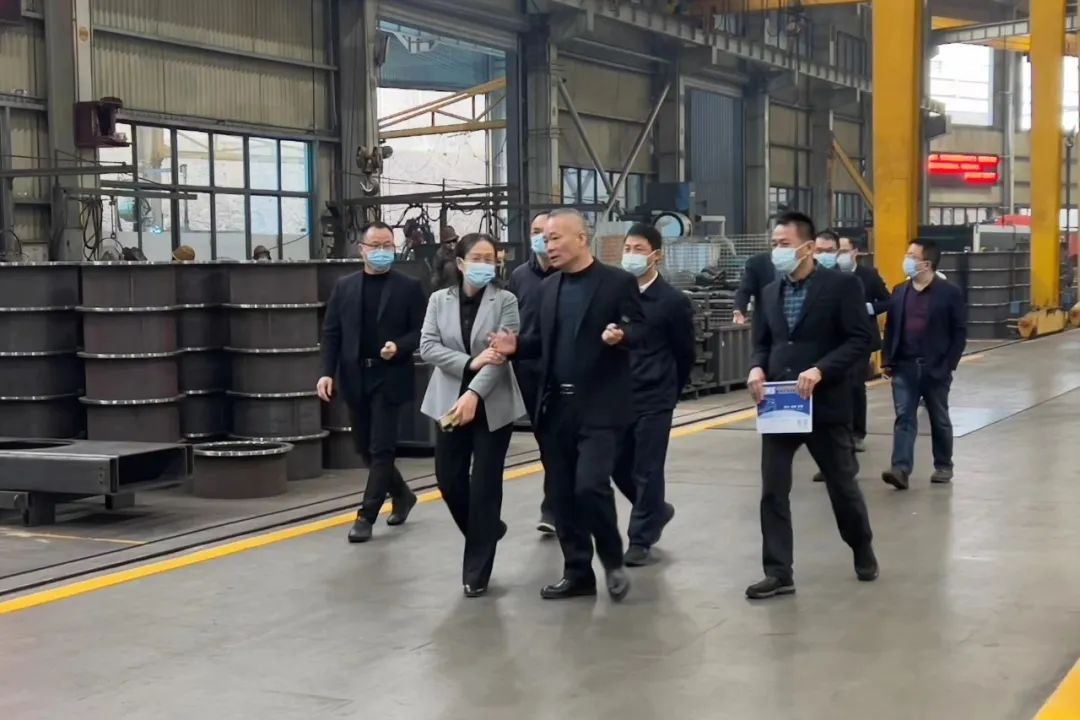SELECT AN EXCAVATOR BUCKET THAT MEETS YOUR SITE'S REQUIREMENTS.
The first thing to consider when selecting an excavator bucket is the application and type of material you'll be working with. In most cases, you'll want to choose the largest bucket for the job, taking into account the material density and the hauler truck's size.
Keep in mind that the bucket's weight restricts your cycle time, and the bucket only gets heavier when it's full with heavy items. To avoid reduced production, utilize a smaller bucket for higher-density materials as a rule of thumb. To save money on fuel, wear, and downtime, you want to be able to load your hauler vehicle fast and with as few cycles as feasible.
Different applications may necessitate different bucket kinds. With a 30-inch bucket, for example, you wouldn't be able to dig an 18-inch trench. Some buckets have features that allow them to handle specific materials. A rock bucket's cutting edge is V-shaped, and its teeth are long and sharp, allowing it to break through hard rock and push heavy loads with greater force. A digging bucket is well-known for its ability to handle tough dirt. Consider the sort and density of the stuff you'll be hauling and choose a bucket that can handle it.

Excavator bucket material
Have you ever wondered what kinds of materials are used in excavator buckets? We are going to talk about the most common materials used in the pins, sides, cutting edge, shell, and teeth of excavator buckets.
Excavator Pins
The majority of excavator pins are constructed of AISI 4130 or 4140 steel. Steels of the AISI 4000 series are chromium molybdenum steels. While chromium promotes corrosion resistance and hardenability, molybdenum improves strength and hardenability.
The first digit, 4, denotes the steel's class and significant alloying components (in this case, chromium and molybdenum). The second value, 1, denotes the percentage of alloying elements, which equates to about 1% chromium and molybdenum by mass. The following two digits represent the carbon content in 0.01 percent increments, therefore AISI 4130 has 0.30 percent carbon and AISI 4140 has 0.40 percent carbon.
Induction hardening will almost certainly have been employed to heat treat the steel. This heat treatment procedure results in a wear-resistant hardened surface (58 to 63 Rockwell C) with a ductile interior for toughness. It's worth noting that bushings and pins are frequently composed of the same material. Some pins made of AISI 1045 may be less expensive. This is a medium carbon steel with hardening potential.
Cutting Edges and Sides of Excavator Buckets
AR steel plate is commonly used for the bucket sidewalls and cutting edge. AR360 and AR400 are the most common grades. AR 360 is a heat-treated medium carbon, low alloy steel with excellent abrasion resistance and high impact strength. AR 400 is heat treated as well, but it has better abrasion resistance and yield strength. Both of these steels have been quenched and tempered to achieve the product attributes that are essential for a decent bucket. The numbers after AR represent the steel's Brinell hardness.



